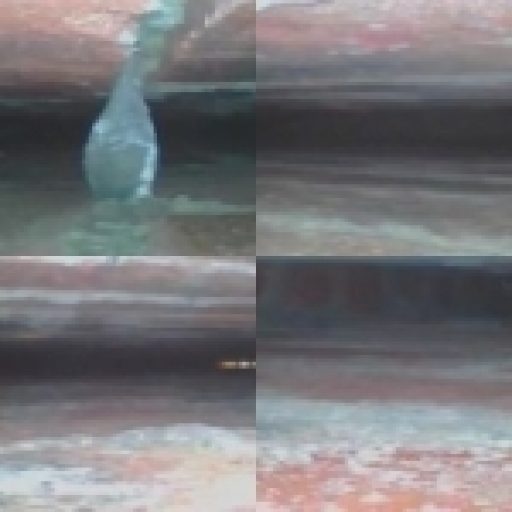
Welcome to Cavity Wall Insulation Removal in Wales.
Making Your Home Dry Again.
Damp in your home?
So you have decided that the cavity wall insulation has to be removed.
You cannot live anymore with the black patches on the walls, the bubbling paint, the peeling paper and the smell of damp.
We offer a very competitively priced service for cavity wall insulation removal across South Wales.
Once we have done our job, this is what the inside of your cavity wall will look like – clean and clear cavities.

It will take a while for the walls to dry out, the paint to stop bubbling and the paper to stop peeling, but your walls will return to how they should be – dry.
The Process
The following insulation materials can be removed from cavity walls in Wales.
- Loose or bonded polystyrene beads
- Rockwool Mineral Fiber
- Instafibre
- Whitewool Glass Mineral Fibre
- Urea Formaldehyde (Foam)
Start at the bottom.
The cavity wall insulation process starts at the bottom of the property and gradually works its way up the property.
Firstly, some bricks are removed at the bottom of the property, through which the insulation will be removed using an industrial vacuum machine. (See photograph 1.)
Holes (22mm or 1 inch) are drilled in the walls in an identical pattern to that used to insulate the walls.
Each hole is blocked using a “brush” (see photograph 2).
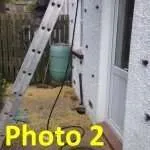
Some bricks are then removed at the bottom of the property, just above the damp proof course (see photograph 1).
The insulation is then removed through those holes at the bottom of the property using an industrial vacuum machine.
Each brush is removed in turn, and pressurised air is blown into the cavity using a rubber agitating whip with a directional nozzle.
This breaks up the insulation, allowing it to move freely in the cavity. At the same time, the industrial vacuum machine is sucking the loose insulation out of the cavity.
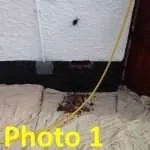
This procedure is carried out hole by hole, working gradually up the walls until all areas have been blown through and vacuumed.
Throughout the process, the cavity is inspected with borescopes to confirm that every trace of insulation has been removed. Once clearance is complete, the base of the cavity is manually cleaned to take out any remaining rubble or debris.
Finally, all drilled holes are neatly re-filled with colour-matched cement or paint (see photograph 3).
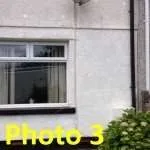
At the base of the walls, where bricks were removed, the openings are finished with either a replacement brick or a brick-sized vent (see picture 4). The choice is yours, though we recommend some vents as they promote airflow, help the cavity dry more quickly, and improve long-term ventilation.
All extracted insulation is securely bagged and taken away from the property. Disposal is carried out responsibly, in line with legal and environmental standards. The site is always left clean and tidy, with no waste materials left behind.
We can provide an initial estimate using online data, but the final cost will depend on a full site survey. Following the survey, we will supply you with a fixed, accurate quotation.
A typical semi-detached house takes around 1 – 1.5 days to complete.
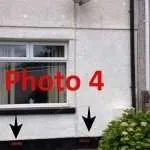
Call us now for a free, no-obligation survey
08000 588 544 or 07960 799681
or
